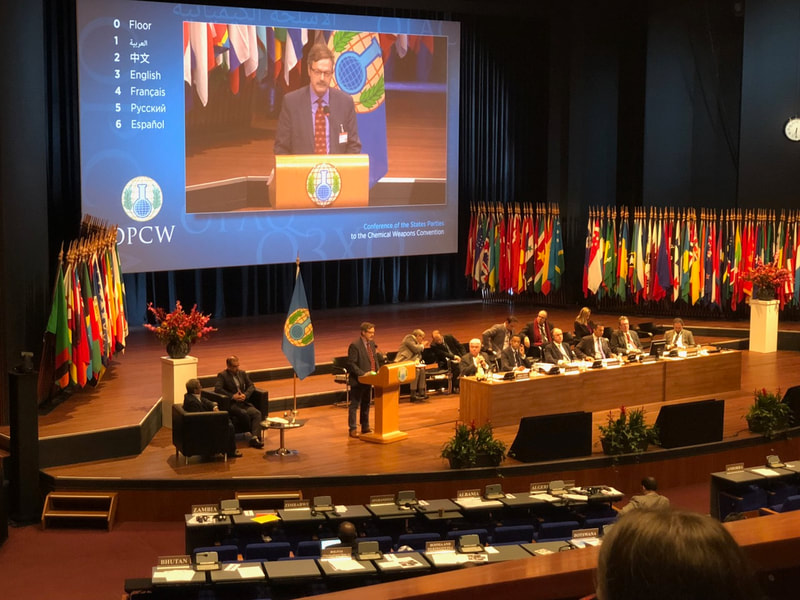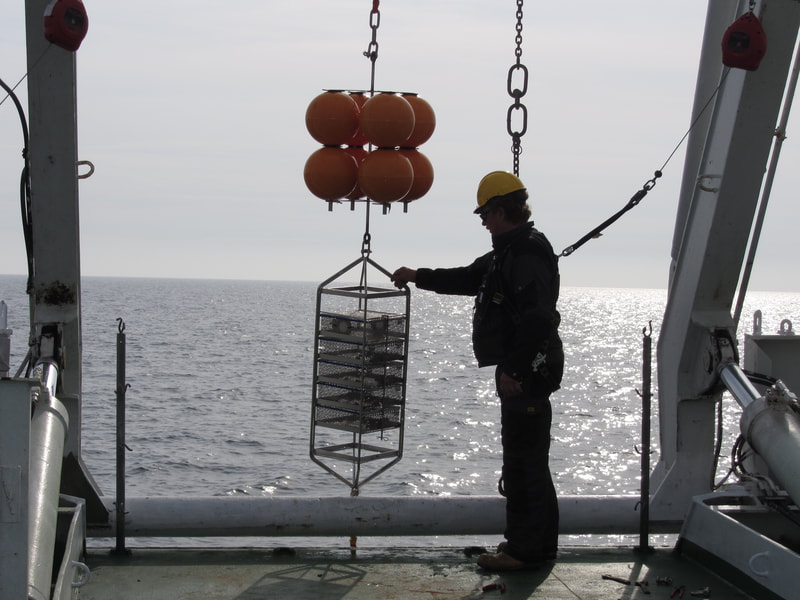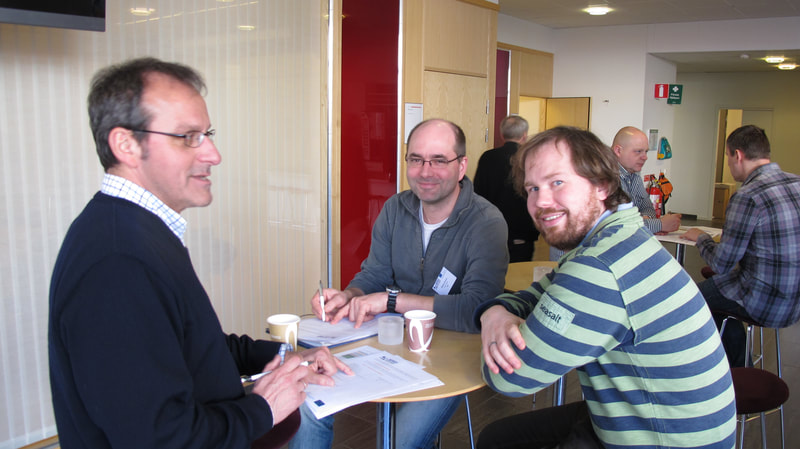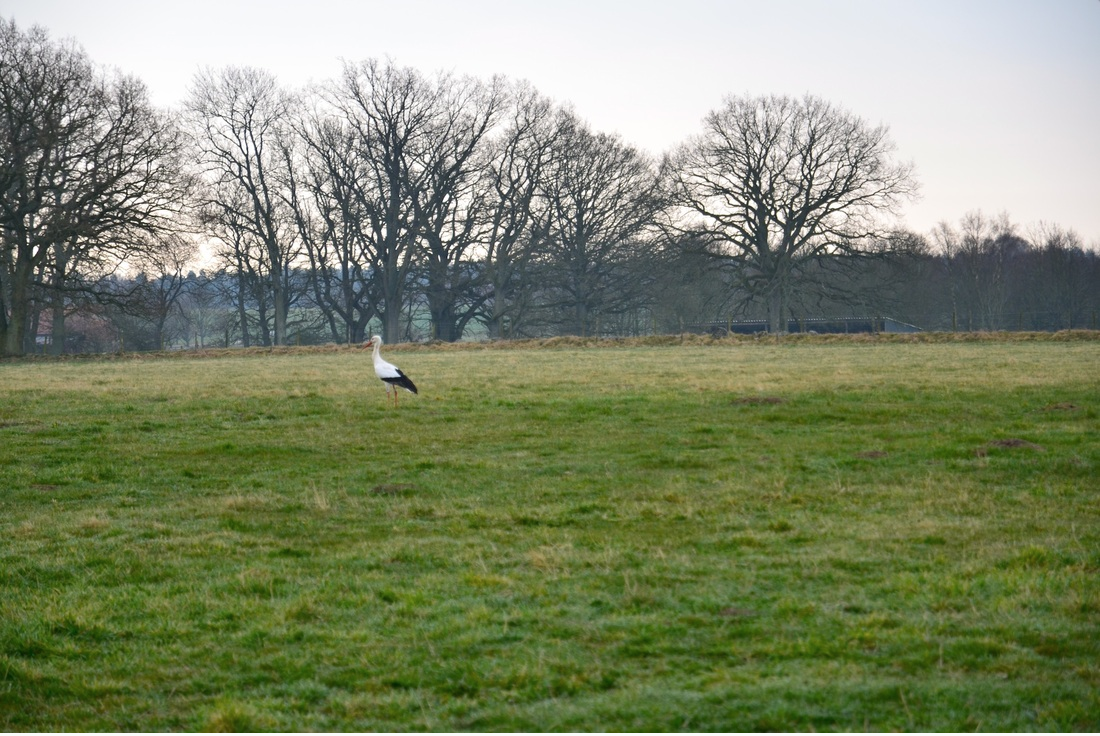 Funding programme: INTERREG Baltic Sea Region Programme 2014-2020, Extension call Lead partner: Institute of Oceanology of the Polish Academy of Sciences (IO PAN) Total budget: 0,9 M euro Duration: 08.2019 - 04.2022 www.daimonproject.com/ Decision Aid for Marine Munitions: Practical Application was an international applied-science project consisting of partners from Poland, Germany, Sweden, Finland and Norway collaborating with experts worldwide, united by the goal of solving the problem of underwater munitions.
The question which DAIMON project (2016-2019) took up is how to proceed with the identified underwater warfare objects. Remediation or no action are subject to heated disputes among the decision-makers. Since there cannot be a general answer to this question, we developed decision aid tools to support the Baltic Sea Region governments and companies in case-to-case decision-making:
Due to the COVID-19 pandemic and the obstacles in carrying out physical trainings and workshops the project has been prolonged by one year.
Chemical and conventional ammunition dumped in the Baltic Sea and in the Skagerrak contains a wide range of hazardous substances. Considering the growing use of the seabed for economic purposes, such as offshore wind farms and pipelines, the likelihood of disturbing dumped containers with chemical warfare agents (CWA), causing direct emissions to the surrounding environment and risk of human and wildlife exposure, is increasing. In addition, the containers are deteriorating due to e.g. corrosion. For these reasons there is an ongoing discussion on how to assess and manage the environmental risk of dumped ammunition, especially in areas where their location is likely to cause a conflict with maritime activities. DAIMON increased the knowledge base on how to evaluate the risks and benefits of various management options. The environmental effects of some of these substances, such as arsenic compounds, are well known, while in other cases the knowledge is insufficient to make proper risk assessments. DAIMON developed techniques for the assessment of impacts of the dumped ammunition on ecosystem, maritime activities and humans as seafood consumers. This was done by performing laboratory and studies in both shallow and deep waters for chemical and conventional munitions, and development of biological and chemical assessment methods. During case studies the risk associated with selected corroding warfare objects (individual and wrecks filled with munitions) were closely examined. Management scenarios were developed for each object, and assessed regarding their possible impact on environment, and cost vs. cost of no-action. Also the cost of lost environmental services was estimated, which in the case of some methods is higher than the short term savings.
On the basis of all this information an intelligent decision-aid software (the DAIMON DSS) was created in consultation with the relevant maritime authorities, which were at all stages involved in project activities. This tool proposes and describes a management strategy most feasible for the given case and framework conditions. It has been tested on DAIMON case study areas in order to create a best practice collection on the management of marine ammunitions in the Baltic Sea Region and beyond.  Funding programme: INTERREG Baltic Sea Region Programme 2014-2020 Lead partner: Municipality of Simrishamn Total budget: 3,8 M euro Duration: 03.2016-06.2019 www.marelittbaltic.eu Ghost nets are addressed worldwide as a source of marine litter with extensive hazardous effects on the marine ecosystem. From 5.500 to 10.000 gillnets and trawl nets are lost every year. In 2016, the MARELITT Baltic project was initiated as a response to the ghost net problem. It is a transnational initiative, funded by the EU, with participation from Sweden, Estonia, Poland and Germany.
For the last years, the project team has been working to find a sustainable way to approach derelict fishing gear in the Baltic Sea. With a comprehensive approach covering many aspects of the problem like mapping, retrieval, recycling and prevention of ghost nets, the project has created new areas of expertise. It has resulted in an action plan called “The Baltic Sea Blueprint”. That plan can guide organisations and governments towards actionable steps for fighting ghost nets, all over the world.
Generation BALT was a cooperation of higher education institutions and maritime business associations from Germany, Poland, Lithuania, Sweden and Russia, who connected their potentials to boost the Region's innovation-based maritime economy by means of upgrading and harmonising the maritime curricula. In order to stay competitive and solve the ecological problems of the Baltic Sea, the South Baltic maritime sector has to undergo a shift from industry- to knowledge- and innovation-based economies. The New Maritime Sector is a current term, but we prefer to call it a changing maritime sector. To achieve this change, there is a growing need for skilled engineers, researchers and educated leaders, both on board and on shore, who can meet the demand for smart technical and managerial solutions and strict requirements on environmental protection. Unfortunately, most of the current academic programs in the region do not sufficiently prepare their graduates for these challenges and opportunities. As a result, many marine-related graduates (Msc, MA, Bsc, BA but also engineers with other specialisations) cannot find employment in their profession.
The main project activity was the international Generation BALT supplementary study programme, covering 5 courses designed around the maritime sectors with largest development potential identified by a foresight study. Target groups were skilled and ambitious last-grade students and unemployed graduates from the region. During the course of intensive match-making activities participants had a chance to meet their potential employers, arrange an internship and possibly a job. Our program promoted the creation of international elite, a new generation of Baltic Sea professionals: engineers, lawyers, economists and scientists who contribute to the Region’s economy not only with their excellent skills, but also with their holistic understanding of the Baltic Sea, its problems and its socioeconomic and natural interdependencies.
CHEMSEA was a cooperation of leading scientific institutes and maritime decision makers, established in order to assess and minimise risks related to sea-bottom activities near the known or suspected Baltic underwater dumping sites containing chemical warfare agents (CWA). CHEMSEA was dedicated to detection and mapping of the actual locations of CWA objects in the known dumping areas, and sediment pollution. The focus on marine organisms was limited mostly to Bornholm Deep with its specific conditions. CHEMSEA introduced the biomarker approach to observe biological effects of contamination on the health of organisms, including exposure experiments and insitu observations. Important output of CHEMSEA is the Center of Excellence for Dumped Munitions (CoEDCM) created as a hands-on transnational analytical center of CWA related hazards.
The European Landscape Convention was adopted in 2000 in Florence and came into force in 2004. 27 countries, among them Poland, Lithuania, Sweden and Denmark obliged themselves to acknowledge the importance of landscape protection in their legislation, raise public awareness of landscape problems and promote international cooperation in this field. Far too few of these postulates have been realised so far. Degradation of naturally and culturally unique landscapes is increasingly taking place in many regions of the South Baltic area. Landscape fragmentation, improper land management, chaotic and out-of-style building patterns are widespread, while public awareness of the importance of landscape protection is generally low. Still, some countries have developed more effective patterns for landscape planning and management than others. LIFEscape project joined forces of landscape planners - experts and practitioners from Poland, Lithuania Sweden and Denmark to share their experience and work out innovative managerial solutions best suited for each region.
ESB! was a cross-border project implemented by partners from Poland, Lithuania and Germany. The aim of the project was to strengthen the joint image and competitiveness of the South Baltic area as a tourist destination. Throughout direct cooperation to the private sector the baltic tourist offer should become more visible on the global tourist market.
The first stage of the project was focused on creation of new tourist products and packages on the base of unique resources and observed trends in tourism. In the second step new touristic products were designed for defined external markets (China, UK, Japan). Vital element was the connection of South Baltic tour operators and tourist agencies with the tourist industry in the perspective destination countries to sell their products to the target visitors.
M.A.S.T. was a cooperation of local governments, youth associations and owners of traditional sailing ships from Poland, Lithuania, Sweden, Denmark and Germany. Together they organised free-of-charge international sailing cruises for young people from disadvantaged backgrounds. During M.A.S.T. cruises, youngsters between 15 and 25 years old received hands-on sailing skills, next to non-formal education useful for managing their lives.
We are especially proud of the dutiful restoration of four historical wooden sailing yachts which was aided with project funds: S/Y General Zaruski (City of Gdańsk) S/Y Sarpen (Simrishamn Scouts Association), S/Y Brabander (Klaipeda University) and S/Y Røret (Stege, Denmark) and continue serving young people's sailing education in follow-up initiatives. |










































